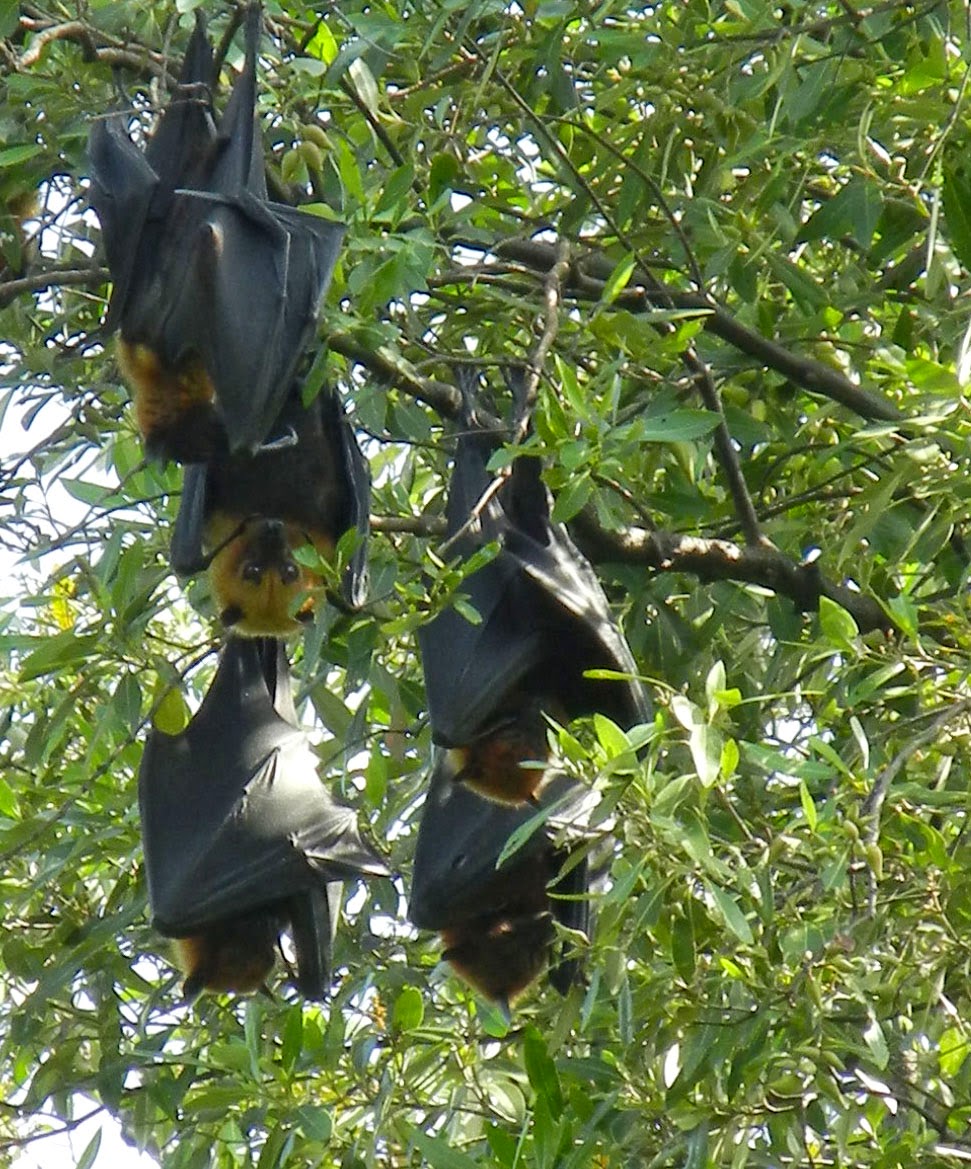A Mixed Scene for Captive Animals in Thailand
 It’s a mixed bag for captive animals here in Thailand, some
of it well below the surface of most tourists’ experience. But I look deeper than most, and I’ve seen
some interesting things.
It’s a mixed bag for captive animals here in Thailand, some
of it well below the surface of most tourists’ experience. But I look deeper than most, and I’ve seen
some interesting things.
For one thing, I’ll bet no tourists have any idea that on
the top two floors of a department store in a suburb of Bangkok a gorilla, Bua
Noi (Little Lotus) has been living for more than 30 years. And to keep her company—if separate cages are
company—there are a handful of orangutans, a chimpanzee, and dozens
of albino crab-eating macaque monkeys.
Oh yeah, and leopards, civets, binturongs and an entire floor full of
reptiles and amphibians. It’s all there
at the Pata Zoo in the Pata Department Store, but no tourists ever even hear
about it and only a few Thais show up and spend the inexpensive 100 baht ($3)
admission.
But I heard about
it. I was certain that the Pata
department store zoo had been closed down since I last saw it in 1988, the year
Bua Noi the gorilla was imported from a German Zoo. I was there then to look at every otter in
captivity as part of my PhD research. I
sought out the Pata Zoo’s albino small-clawed otter and saw the gorilla and
many other animals too, many of them albinos.
But surely it no longer existed, that obscure animal collection on the
top floor of the store.
But I stumbled upon a recent internet posting that animal
rights groups were trying to get Bua Noi out of the zoo onto a place with “real
ground”. The Thai wildlife authorities sided with the Pata Zoo since the gorilla and the other animals were there
legally and were well taken care of. I
just had to go see for myself.
Best yet, the animals were all interested in us few
visitors. One orangutan reached out to
shake my hand, which I did carefully, hoping it wouldn’t pull me into its
cage. Another orangutan handed its towel out to me, and I
grabbed one end and we played tug of war for a while. When the cat keeper came by the leopard cages
all the cats rubbed against the railings to be petted by him, and rubbed their
faces on the fences like greeting housecats. These animals are not making money
for the rich owner who supports them all with his personal wealth. And, since at least Bua Noi has been here for
many years, longer-lived than most gorillas in captivity, to move her from her
known environment where she has been isolated from diseases might cause more
harm than good, like the Thai wildlife authorities have suggested.
But consider that tiger bones, skins, meat, whiskers, etc.
are worth a fortune in the neighboring countries to Thailand—this is what is
driving the poaching of wild tigers after all.
What do YOU think happens to these cubs when they grow up? Of course it is illegal under both international and Thai laws to trade in endangered species dead or alive but what other explanation is there for the fate of many of these grown up cubs?
What do YOU think happens to these cubs when they grow up? Of course it is illegal under both international and Thai laws to trade in endangered species dead or alive but what other explanation is there for the fate of many of these grown up cubs?
So which is worse?
Well-adjusted Bua Noi in the Pata Zoo, or dozens of baby tigers bottle
fed then gone missing when they grow up? I know where my vote goes.









